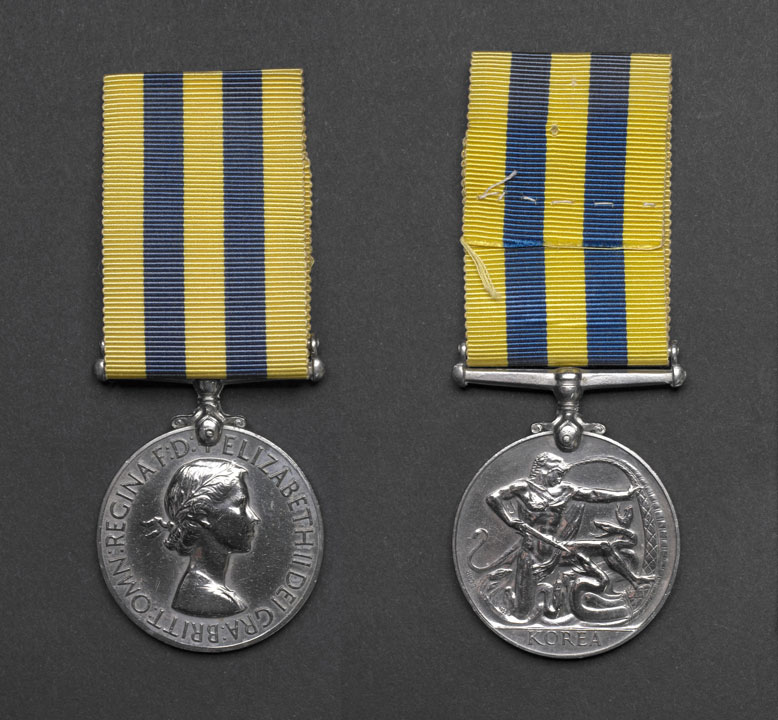Korea, ‘the Forgotten War’ 1950 - 1953
The Korean War started on 25 June 1950 and lasted for three years. More than 100,000 British service personnel were involved with over 1000 never coming back, a further 2674 wounded and 1060 reported missing or taken prisoner.
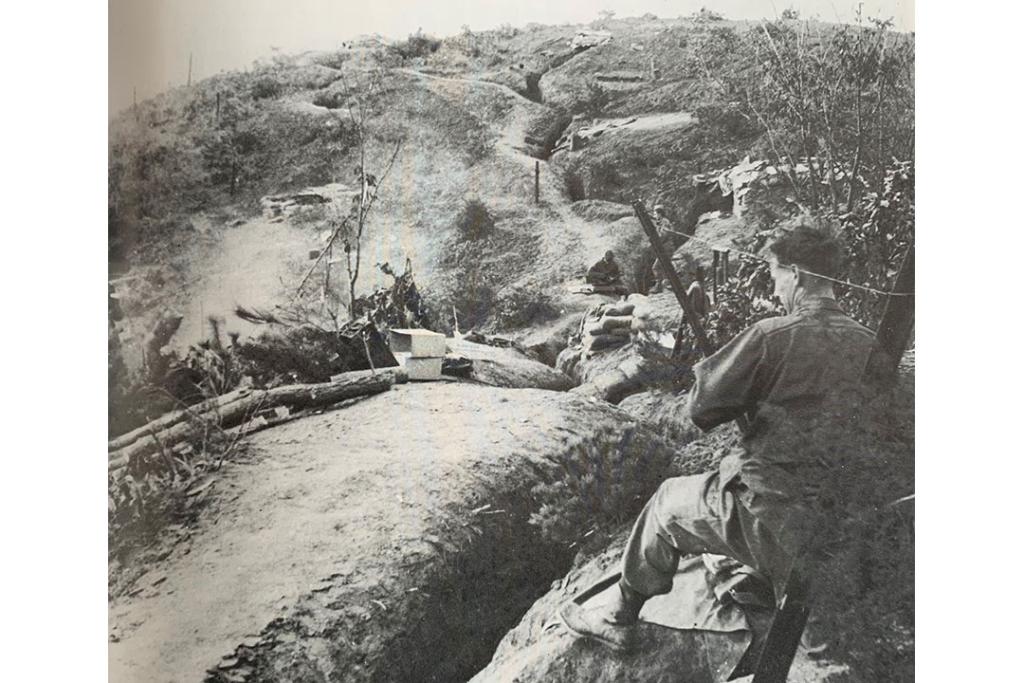
35 years after the First World War, the King’s Regiment was once again involved in trench warfare, this time under heavy attack from Chinese forces, Korea 1953. Image from 'Difficulties Be Damned' by Patrick Mileham, 2000.
Remembering the Kingsmen
“Some so young that to their parents they must have still seemed children.”
Lieutenant Colonel AJ Snodgrass, 1st King’s Regiment, Korea, 1953
The United Nations (UN) was set up in 1945 to prevent acts of aggression between nations following the Second World War. Korea was the first and only test for the United Nations as a military entity. Soviet-influenced North Korea had invaded American-oriented South Korea with the UN intervening in 1952. As part of the UN force, 1500 regular and conscripted soldiers from the 1st Battalion, King’s Regiment (Liverpool) were mobilised to take part in the Korean War.
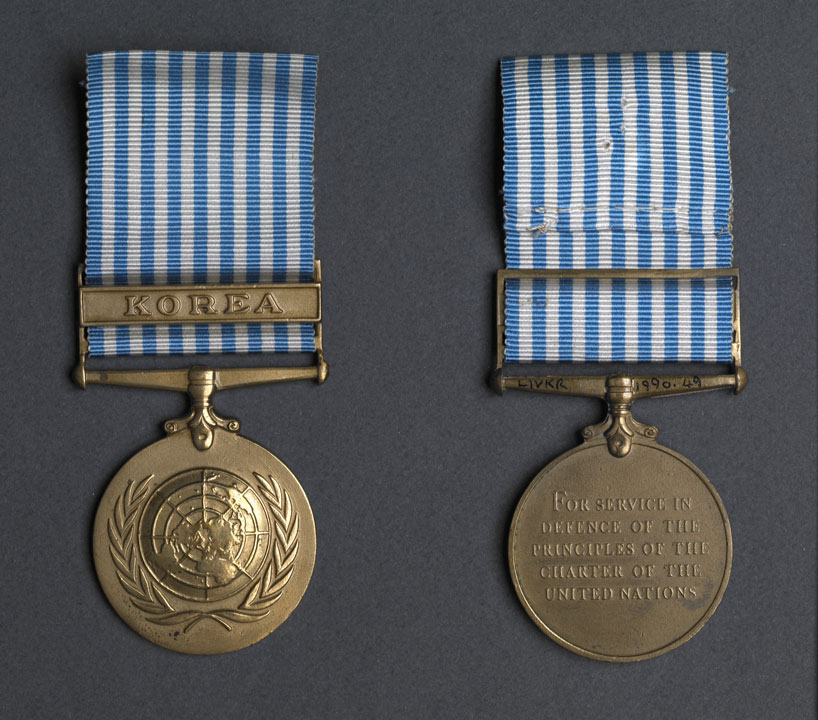
“The train arrived in Liverpool on the morning of 4 June 1952. The city was crowded with people, men, women and children. This was the day that Liverpool’s own Regiment ‘the Kings’ was going to set sail in the troopship Devonshire for Korea... I will always remember that parade; there were mums and dads, brothers and sisters and many other relatives of the troops. Even though they seemed sad, they were proud and excited.”
Kingsman, John Shields.
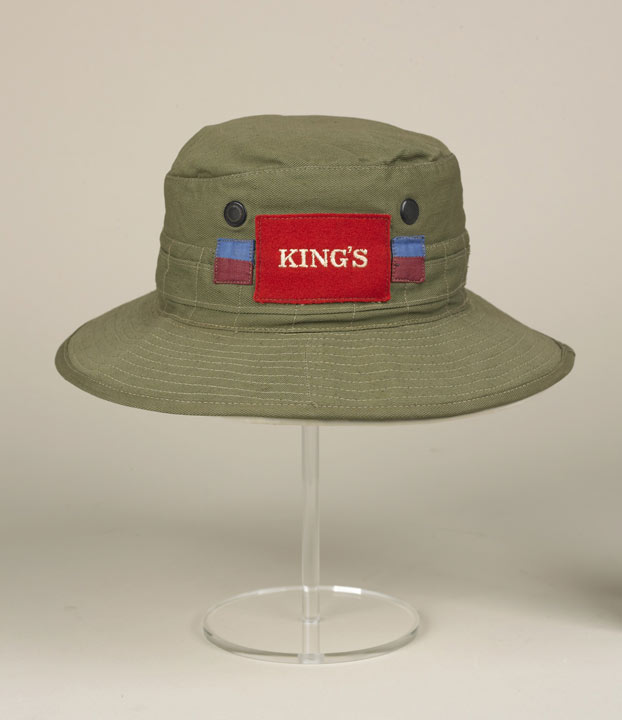
Regimental historian and ‘fourth generation Kingsman’, Lieutenant Colonel Robin Hodges gives an insight into the involvement and movements made by the King’s 1st Battalion during their time in Korea:
“In September 1952 1st King's, after acclimatising in Hong Kong and Battle Training in Japan, deployed to Korea under command 29th Infantry Brigade Group. The Companies deployed into defensive positions at the beginning of October. The war was in stalemate and much like the Great War, with the men in deep trenches under constant harassing fire. The average age was 19 and many of the men had been brought up during the Blitz so they did not consider the conditions too bad, and the food was better than at home. Offensive activity was limited to patrolling, until May 1953.
The Brigade was defending positions on The Hook [a crescent-shaped ridge, ‘The Hook’ was the most notorious position of all along the UN front line]. There was considerable speculation about ‘Peace’ accompanied with an assessment that the Chinese were likely to try to over-run The Hook to gain an advantage in the negotiations.
Against the background of Chinese preparations, on 22nd May 1953 1st King's mounted a diversionary company night attack against a Chinese held feature nicknamed “PHEASANT”. The point platoon entered a mine-field and the operation was abandoned because of the number of casualties.
On 28 May 1953, the Chinese mounted a determined assault against The Hook which was held by 1st Battalion, The Duke of Wellington’s Regiment and A Company 1st King's. The artillery fire from both sides was unimaginable but The Hook was held, and 1st King's mounted the counter-attack to clear the Chinese off The Hook.
A week later, on 4 June 1953, C Company mounted a night attack against caves which it was assessed were being used to provide a covered approach for another Chinese assault. The point again stumbled into a minefield but despite the casualties pressed on and mounted a successful attack.
During all the operations the Mortar Platoon had been engaged and although the Command Post had received a direct hit the platoon had suffered no casualties but had gained a terrific reputation for both accuracy and speed of response. The post action report noted that the Battle of The Hook ‘called for immense volumes of accurate and rapid fire from the Mortar Platoon, and the platoon excelled itself’. Almost 2000 men had served in 1st King's in Korea, with some 200 recorded as casualties.”
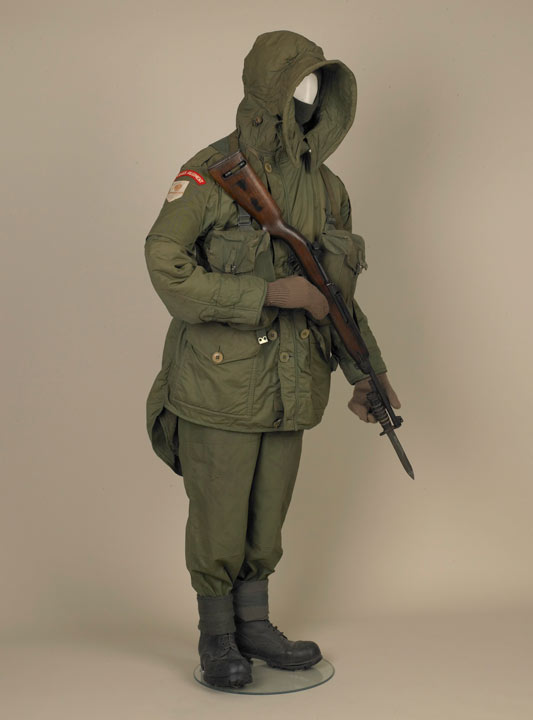
In winter temperatures could fall as low as ten degrees.
Korean winter kit and American M2 semi-automatic carbine.
When the UN pushed the North Koreans back, almost to the Chinese border, the Chinese Army intervened on the side of North Korea. Under heavy attack from Chinese forces, 28 Kingsmen were killed and nearly 200 wounded before a ceasefire was declared in 1953.
The 1st King’s remained in Korea in and out of line until October 1953 earning the Regiment's last battle honour. The Regiment would then travel onto Hong Kong, joined by their families in their new peacetime role before returning home to Britain in 1958.
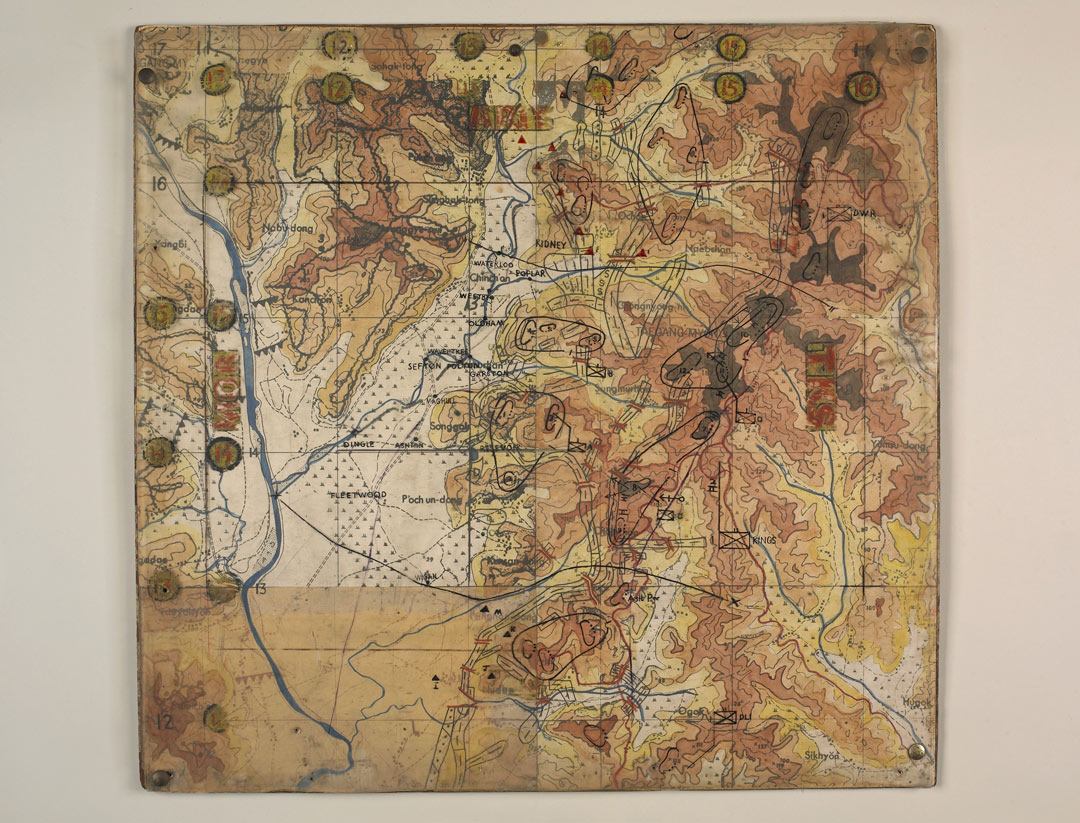
The 155 mile border between North and South Korea is one of the most heavily militarised in the world with tensions between both countries remaining high.
The Korean War, nicknamed the ‘Forgotten War’, was largely overshadowed by the Second World War and subsequent Cold War events. Its significance though is still remembered by those who took part and the sacrifices made by many to ensure its legacy continues today.
All objects shown are currently displayed in the Museum of Liverpool’s City Soldiers gallery.
